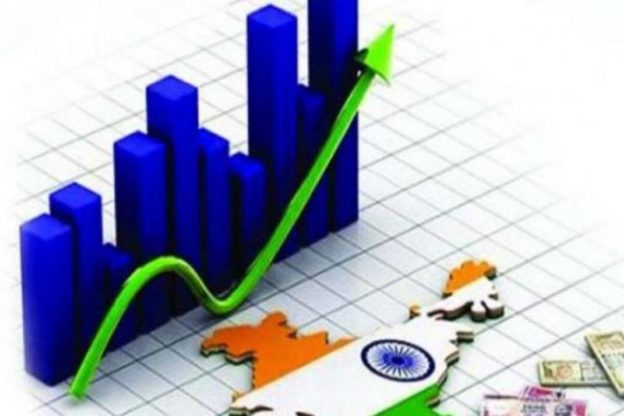“The broad-based and swift recovery of both demand and supply side components bears testimony to India’s strong macroeconomic fundamentals, far stronger amid a once-in-a-century crisis than in 2008-09, when the global financial crisis had triggered the great global recession,” it said.
The comment could be seen as a reaction to the concern expressed by any analysts about private consumption still trailing the pre-pandemic level by a pretty wide margin.
The second wave of Covid disrupted the growth momentum but the economy still maintained a “resilient V-shaped recovery” with a 20.1% year-on-year expansion in the June quarter and recovered more than 90% of the pre-pandemic real output, the finance ministry said on Thursday.
The currency in circulation grew at its lowest pace since November 2017, signalling a visible departure from the pandemic-induced increase in demand for precautionary savings, the department of economic affairs said in its report for August.
The comment could be seen as a reaction to the concern expressed by any analysts about private consumption still trailing the pre-pandemic level by a pretty wide margin.
While agriculture continues to grow strong, the sharp rebound in manufacturing and construction “places them firmly as growth drivers demonstrating the structural strengthening of the Indian economy”.
“While revival in contact-intensive services sector remains gradual, it is poised to gain pace on the back of rapid inoculation and the government’s targeted relief measures for the stressed sectors,” it said. The sharp rise in services PMI in August to an 18-month high shows the momentum of a revival.
Similarly, the government’s policy thrust on quickening virtuous cycle of growth via capex and infrastructure spending has increased capital formation in the economy lifting the investment-to-GDP ratio, which hit 31.6% in the June quarter from 24.4% a year earlier.
“The broad-based and swift recovery of both demand and supply side components bears testimony to India’s strong macroeconomic fundamentals, far stronger amid a once-in-a-century crisis than in 2008-09, when the global financial crisis had triggered the great global recession,” it said.
The report sought to show the contrast between the UPA and the current NDA government in handling a crisis. Inflation in 2008-09 was 9.1%, while it was 6.2% in 2020-21, as the current “government took timely and effective supply-side measures to address supply disruptions caused by lockdowns”. The Centre’s fiscal deficit in 2008-09 was two-and-a-half-times that of emerging market and developing economies in Asia whereas in 2020-21, “careful targeting and calibration has ensured that India’s fiscal deficit is comparable to its peers”, the report asserted.
At 2.3% of GDP in 2008-09, India’s current account deficit made external debt sustainability vulnerable whereas in 2020-21, the country, in fact, had a current account surplus of 0.9%. With forex reserves more than twice the level in 2020-21 than in 2008-09, aided by a tenfold increase in FDI (from $8.3 billion to $80.1 billion) and large net FPI inflows unlike the outflows earlier, “a much greater conviction about India’s high potential growth is evident among global investors”, the report said.
Going forward, agriculture continues to offer comfortable prospects, with Kharif crop sowing at 101% of normal levels as of September 3, despite a 9% deficient monsoon so far this year.
Industry is steadily gaining lost ground with the June IIP having recovered close to 95% of pre-pandemic level.
Amid easing of crude oil prices and lower inflation prints for July, G-sec yields stabilised at 6.22% at the end of August, Guided by two G-SAP auctions during the month.
Bank credit growth improved to 6.55%, year on year, in the fortnight through August 13, 2021 compared to 5.52% a year earlier.
While over 60% of adult population has received at least one dose and more than 19% have got both doses, the looming fear around the Delta variant of Covid-19 has once again cast a shadow necessitating sustained precautions against the virus, the report cautioned.
https://www.financialexpress.com/economy/finance-ministry-report-covid-second-wave-hits-economy-but-recovery-remains-v-shaped/2327431/







